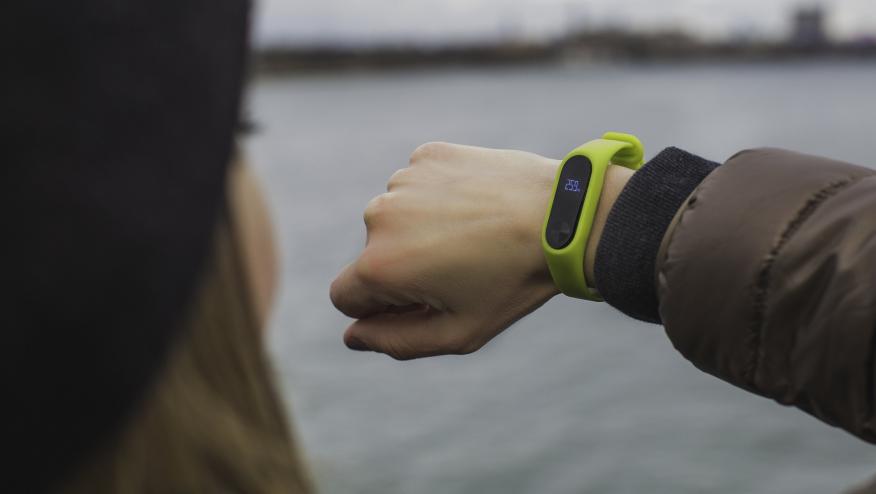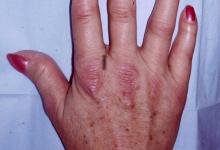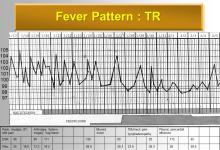Activity Trackers Can Predict RA Flares Save

Key Takeaways
- Physical activity and heart rate data, of the kind collected by popular wearable devices, are known to be associated with increased disease activity in rheumatoid arthritis (RA).
- In this study, changes in these parameters were predictive of RA flares up to 4 weeks before they were clinically apparent.
- Because the study was reported as a preprint manuscript, the analysis should be regarded as preliminary until it has been published in a peer-reviewed journal.
People with rheumatoid arthritis (RA) who experienced disease flares often showed changes in heart rate and physical activity captured by popular wearable devices 4 weeks before they became clinically apparent, a small study indicated.
A model combining data on step counts and various measures of heart rate was highly accurate for predicting RA flares 28 days in advance: 97% for predicting both symptomatic and inflammatory flares, the latter defined as elevations in C-reactive protein (CRP) without increased pain or tenderness, according to Robert P. Hirten, MD, and colleagues at Icahn School of Medicine at Mount Sinai in New York City.
This was in line with previous studies linking physical activity and autonomic function with disease activity in RA, the researchers explained in a manuscript posted to the medRxiv preprint server.
"Heart rate variability (HRV) is a measure of small-time differences between each heartbeat and is an indirect measure of autonomic nervous system function," they noted. "Individuals with active RA have been shown to have lower HRV compared to those with inactive disease. Similarly, higher heart rate (HR) and resting heart rates (RHR) have been observed in RA compared to healthy controls, reflecting this autonomic dysfunction."
Those studies, however, were based on one or a few measurements taken at intervals over time. "Many wearable devices measure such metrics in a near continuous manner, presenting an opportunity to monitor physiological parameters that relate to underlying RA activity, and thus have the potential to track and predict disease activity," Hirten and colleagues argued.
For the current study, they enrolled 53 RA patients who wore Apple Watch (n=35), Fitbit (n=17), or Oura Ring (n=3) products and followed them for an average of 154 days. (Two participants wore two devices at once, with data from each analyzed separately.) Mean patient age was 51 and nearly 90% were women; average disease duration was 9.5 years.
Symptomatic flares occurred in 36 participants out of 47 with clinical evaluations; 14 developed inflammatory flares, out of 38 who had adequate CRP assessments. For these participants with both wearable-device data and relevant clinical and laboratory exams, an average of 105 days of data were available.
During inflammatory flares, no decrease in mean step counts was seen; Hirten and colleagues noted that was unsurprising since by definition these flares were not accompanied by clinical symptoms. But "there were significant differences in HRV between periods of inflammatory flare compared to periods of inflammatory remission," they reported, and these were detectable well before CRP began spiking.
Step counts did fall prior to and during symptomatic flares, and as with inflammatory flares, patterns in HRV and other cardiac parameters characteristic of increased disease activity began to shift before symptoms developed.
Hirten's group created a statistical model combining these parameters. Using data collected 28 days before flare onset, they calculated sensitivity and specificity for predicting each kind of flare. It was extremely accurate in this limited sample: for inflammatory flares, both sensitivity and specificity stood at 97%; for symptomatic flares, these values were 96% and 97%, respectively. (Notably, these estimates came from the same dataset used to develop the model, meaning that such accuracy might not be maintained when applied to different groups of patients.)
"While wearable devices hold promise for detecting and predicting inflammatory and symptomatic flares in RA, their real-world implementation presents several practical challenges that warrant further investigation," the researchers also cautioned. "Adherence to consistent device use can vary over time and may be influenced by factors such as comfort, user engagement, and digital literacy."
Additional limitations included the small sample size, the use of different devices that may vary in their data capture accuracy, lack of adjustment for medication use during the study, and possibly inaccurate or inconsistent flare detection. As well, sleep parameters were measured but not used in the study, although alterations in sleep may well occur in conjunction with RA flares -- Hirten and colleagues promised a separate analysis of the collected sleep data.










If you are a health practitioner, you may Login/Register to comment.
Due to the nature of these comment forums, only health practitioners are allowed to comment at this time.